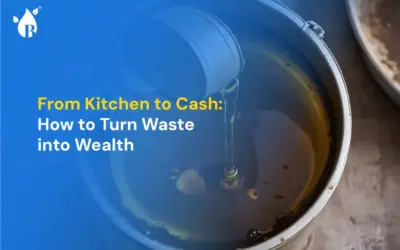
India’s Towering Plastic Waste, Problem or Potential?
In this age of getting everything packaged and getting them in an instant, plastic waste has increased. From 14 MT in 2016-17 to 20 MT in 2019-20. That’s a CAGR of 9.7%. Our plastic waste is growing 5 times faster than the Indian economy’s CAGR.

– Innovation in Plastics, The Potential and Possibilities
Starting tomorrow morning, count the number of plastic waste you throw into the dustbin till the night. You’ll be shocked with the number. Mine was 14. From the milk packet to my new scissors’s packaging. And this is just mine, not my entire household’s.
70% of all this plastic waste ends up in landfill and aquatic dumps. The UN says there will be more plastic than fish in the world’s oceans by 2050. The way to un-do the plastic mess will need changes across the entire supply chain. From plastic production to consumption and disposal. The Indian Plastic Market also needs to meet circularity.
Circularity is about using, resuing, repairing and recycling instead of landfilling. This way, the generation rate will come down. And we can extract maximum value out of what’s already generated.
Surat, the 2nd cleanest city after Indore is an excellent example to follow. The Surat Municipal Corporation makes money from plastic waste.
Muck to Money: How Surat Earns From Plastic Waste
Surat generates around 150 metric tonnes of plastic waste everyday. 50% of this goes straight to Eco-Vision’s plastic waste management facility in the city. Here’s what they do with it.


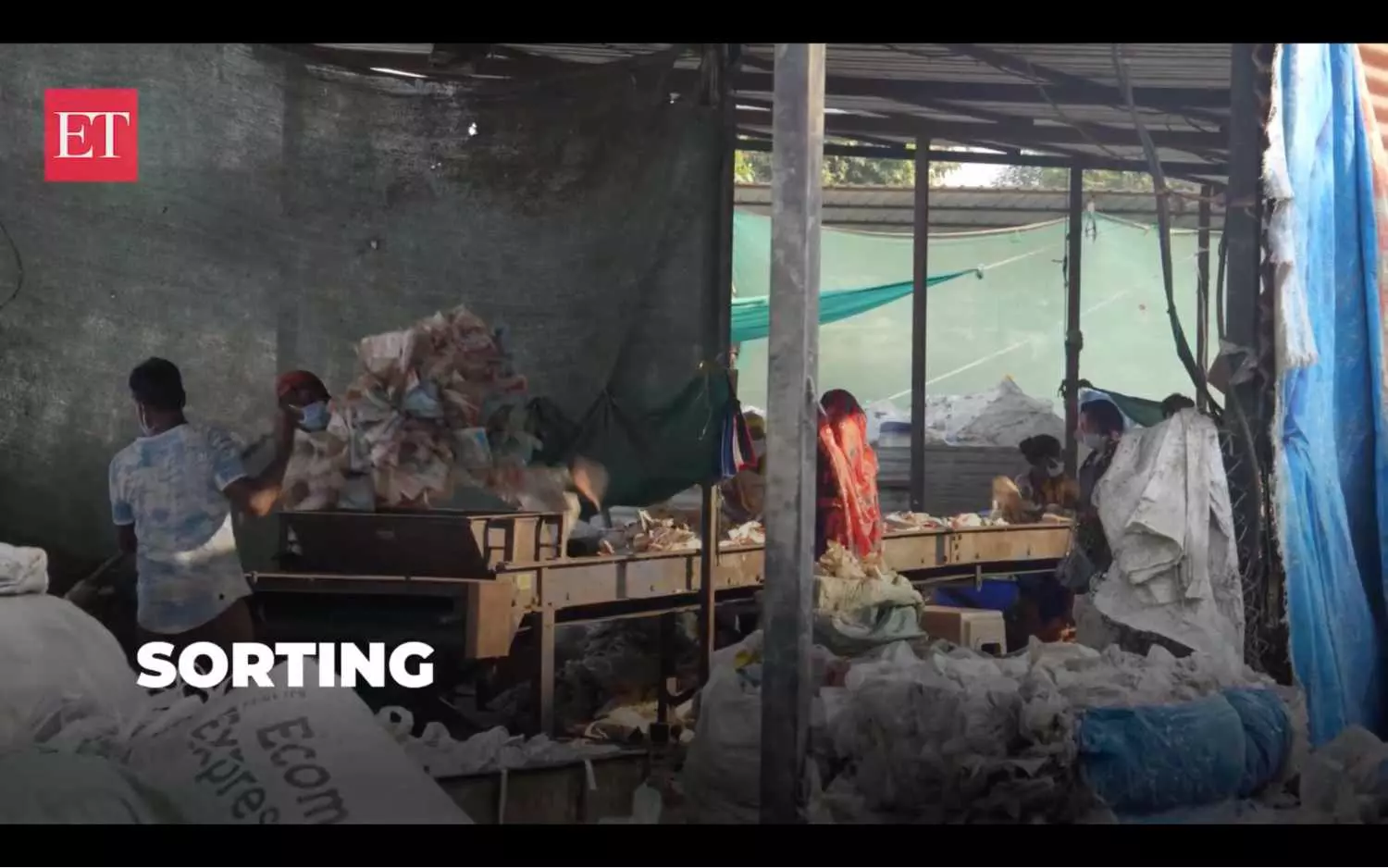
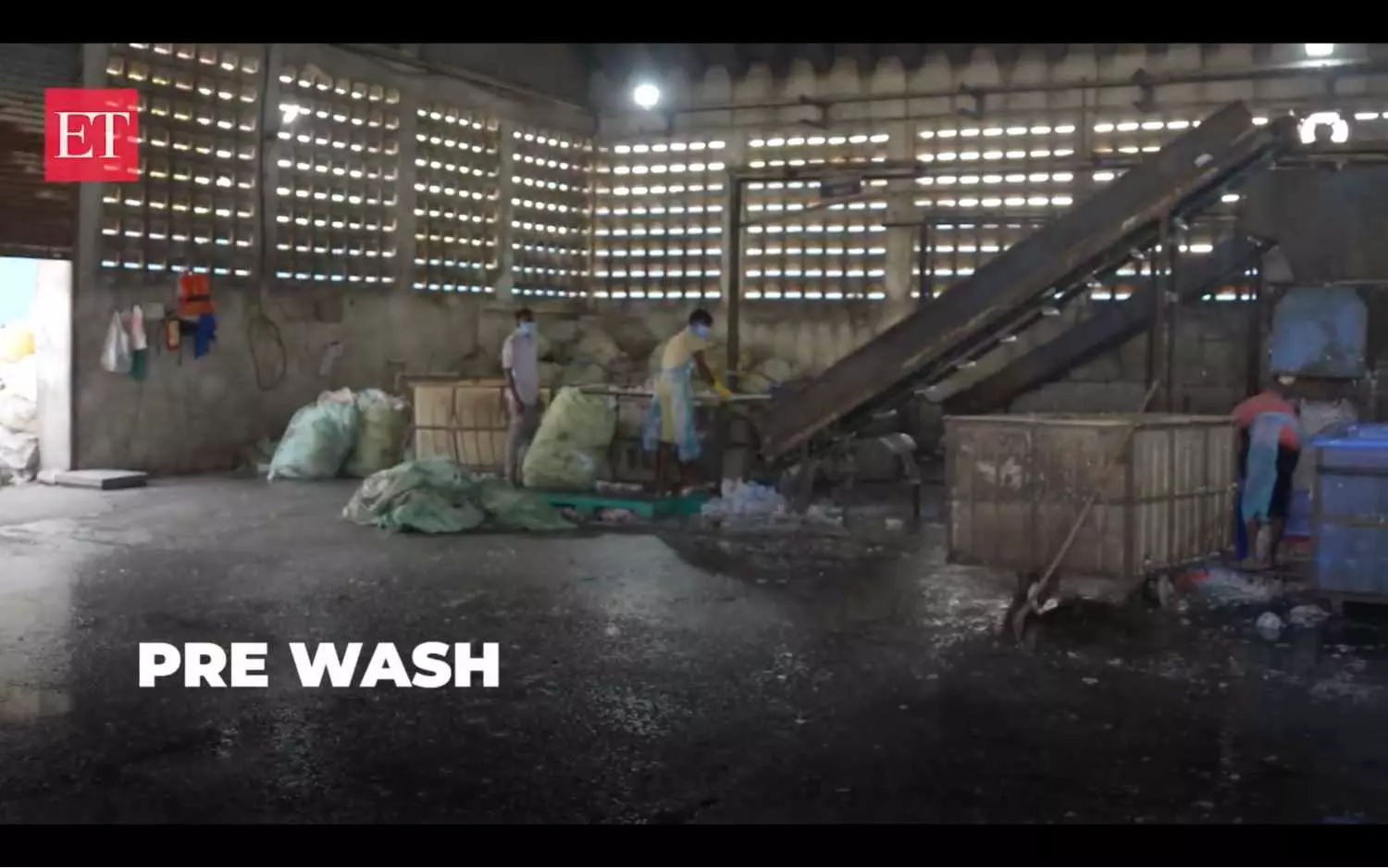
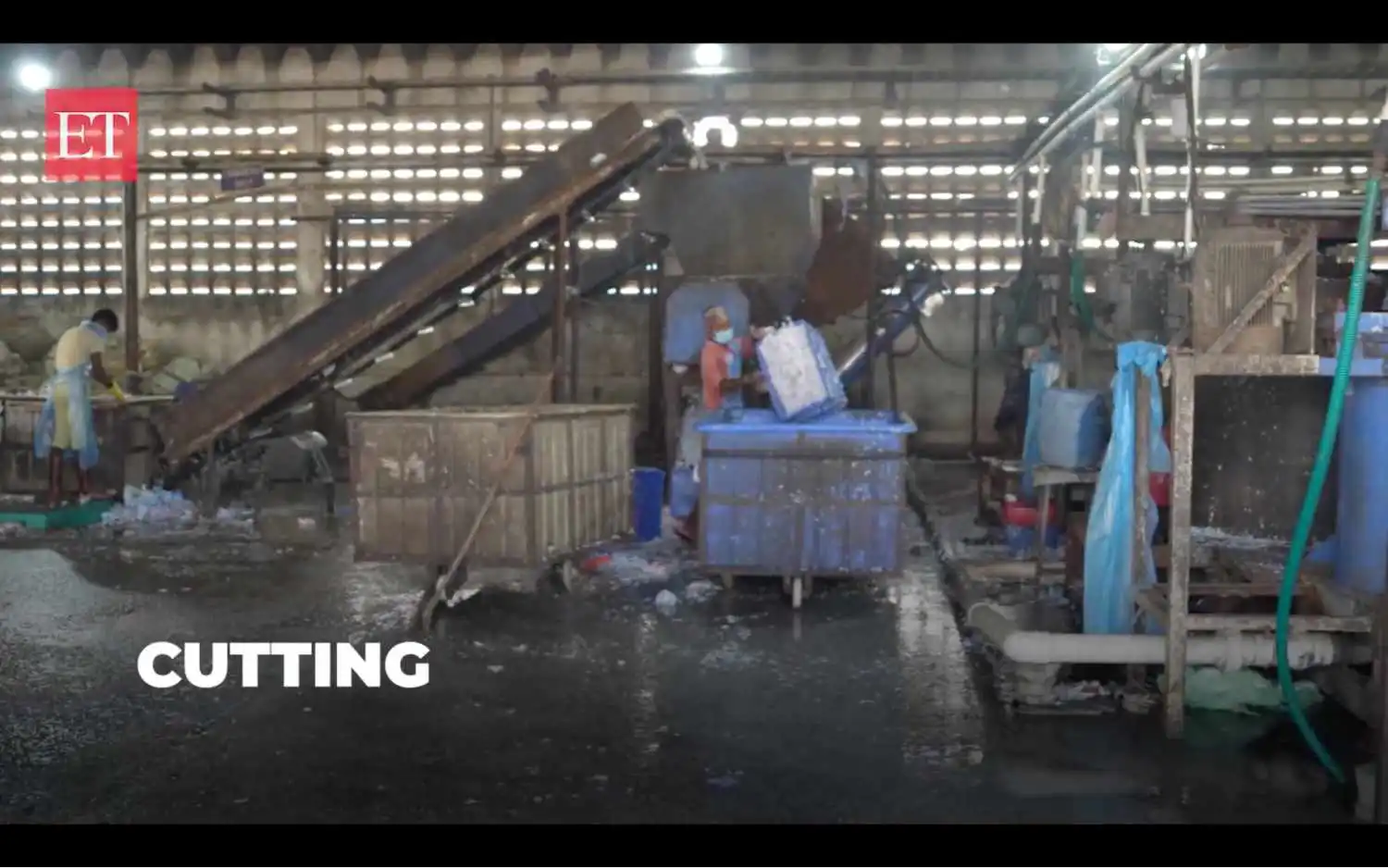
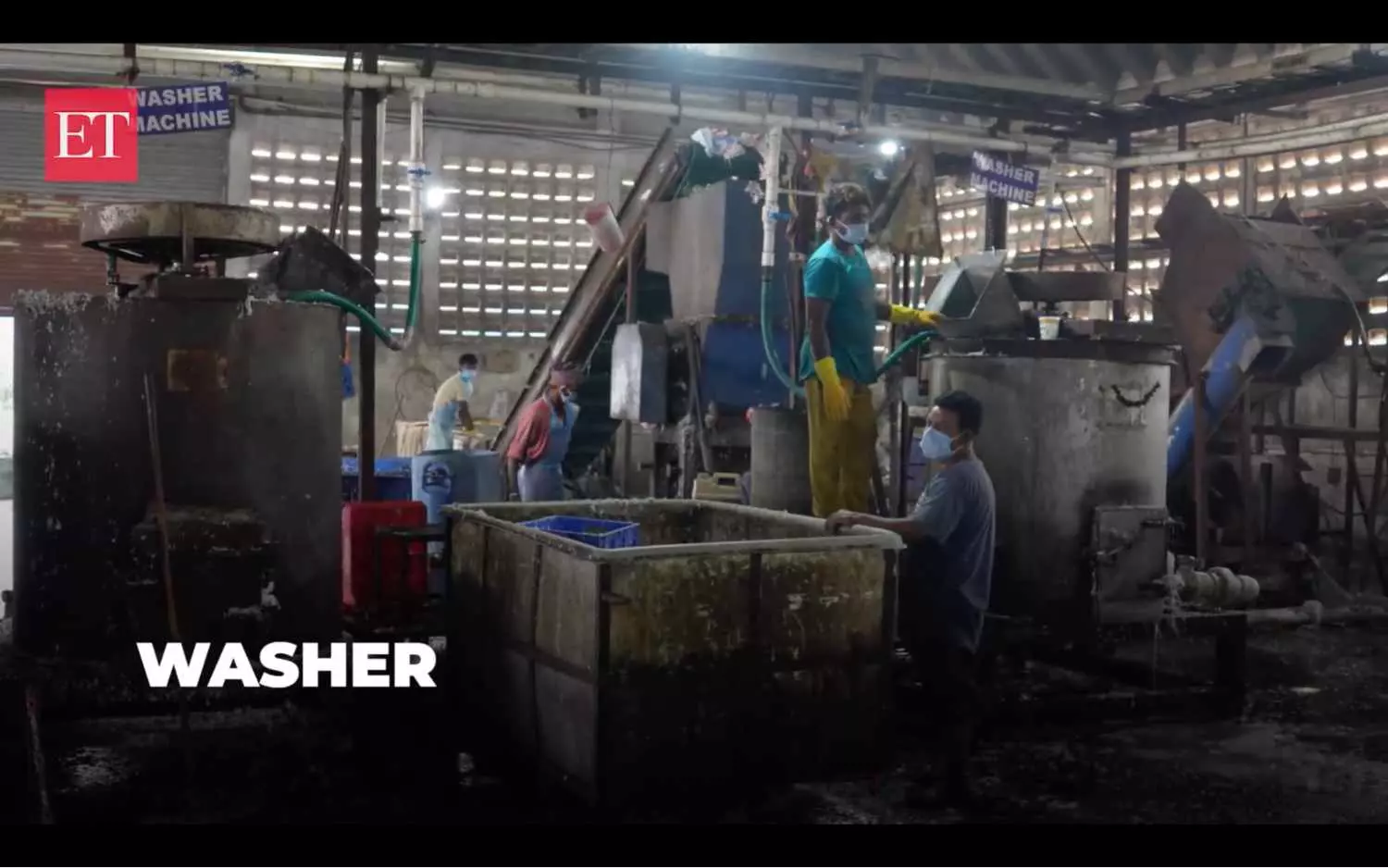
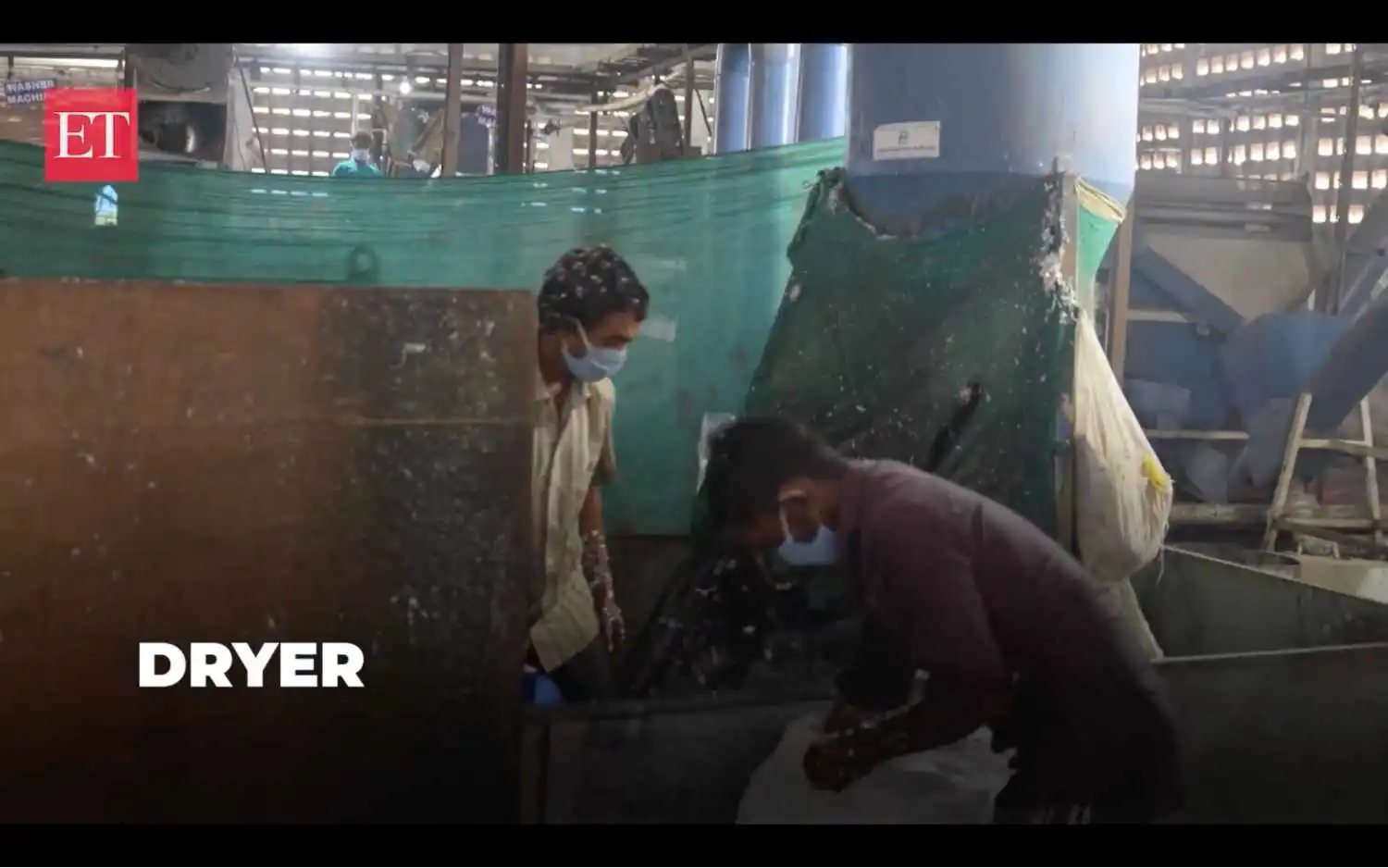
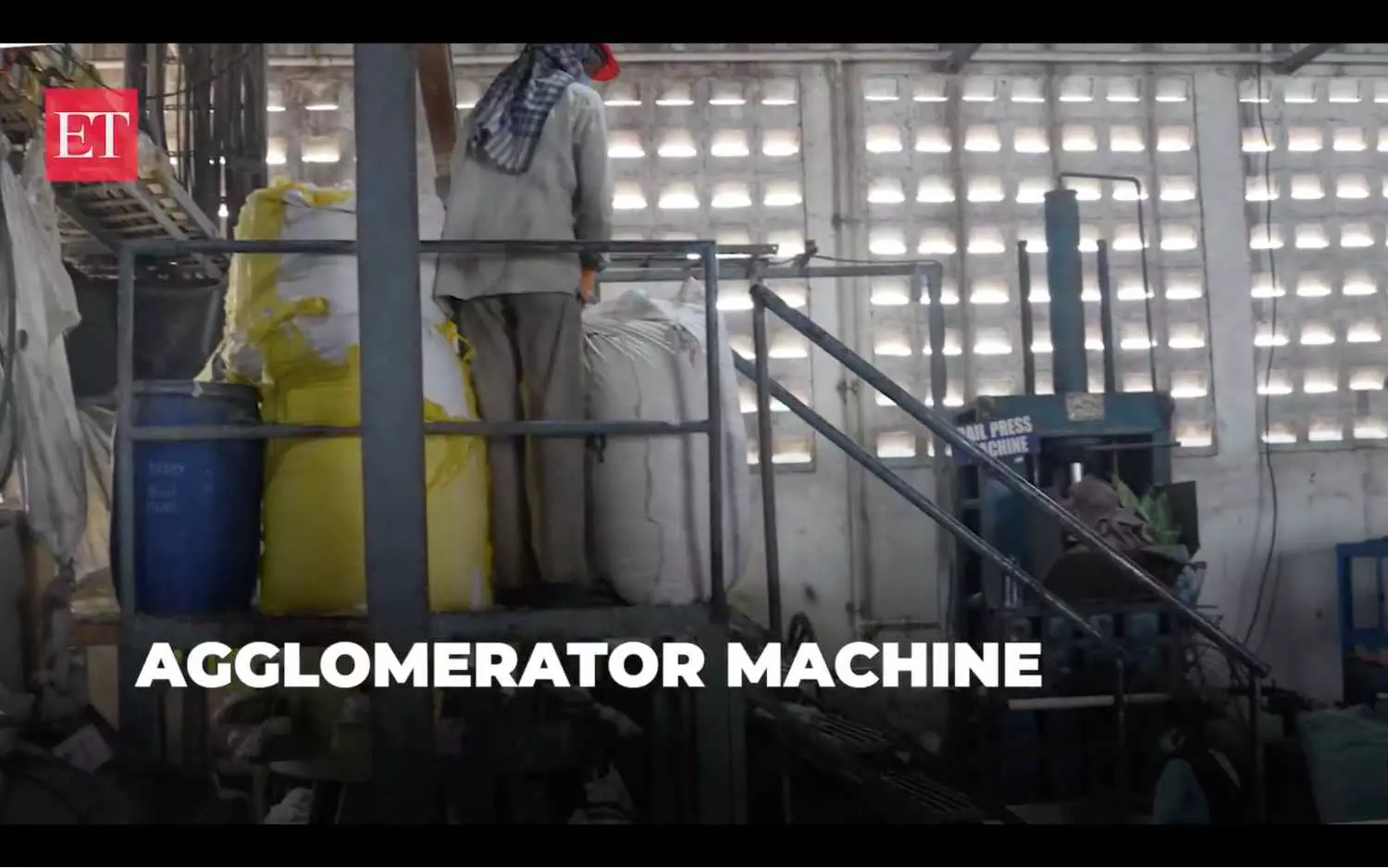
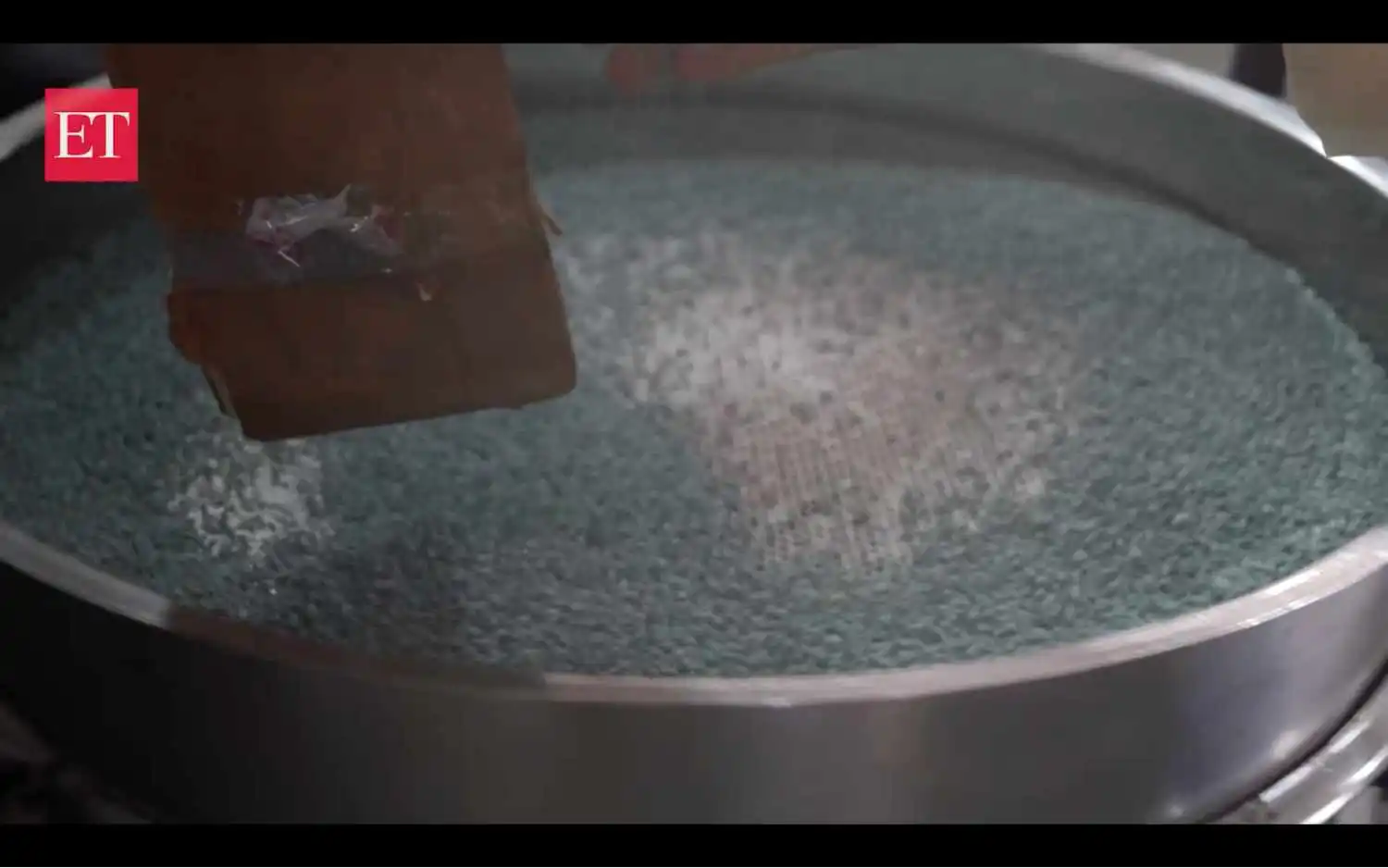

For every kg of plastic pellets, Eco-Vision and SMC make Rs.15-50. Plastic waste is reused and landfill space is saved while making money. Isn’t that a win-win?
Plastic-to-Fuel Technology: Another Way to Use Plastic Waste
PTF technologies address the environmental challenges and make plastic waste into valuable energy resources. There are many plastic-to-fuel technologies.
- Pyrolysis heats plastic waste with no oxygen present to convert it into liquid or gaseous products.
- Depolymerization breaks down the polymers in plastic into smaller molecules.
- Gasification convers plastic waste into syngas which can be used as a fuel.
Similar to plastic waste recycling and management plants, PTF technologies need significant investments. Equipment, infrastructure and operational costs are high. Private-public collaboration and partnerships along with R&D can help solve this. Additionally, we need to educate people about the importance of plastic waste management. Government regulations are also essential to support PTF technologies and bring them to light.
A perspective shift about plastic as a problem to plastic as a valuable resource will make things a lot easier. The chance to change begins from you and me. If we segregate waste at source, it will reduce half the burden on recycling plants. If you run a business, consider recycled packaging. Small changes like using paper tapes instead of cellophane tapes make a difference too. Together, we can turn the tide. Are you in?

